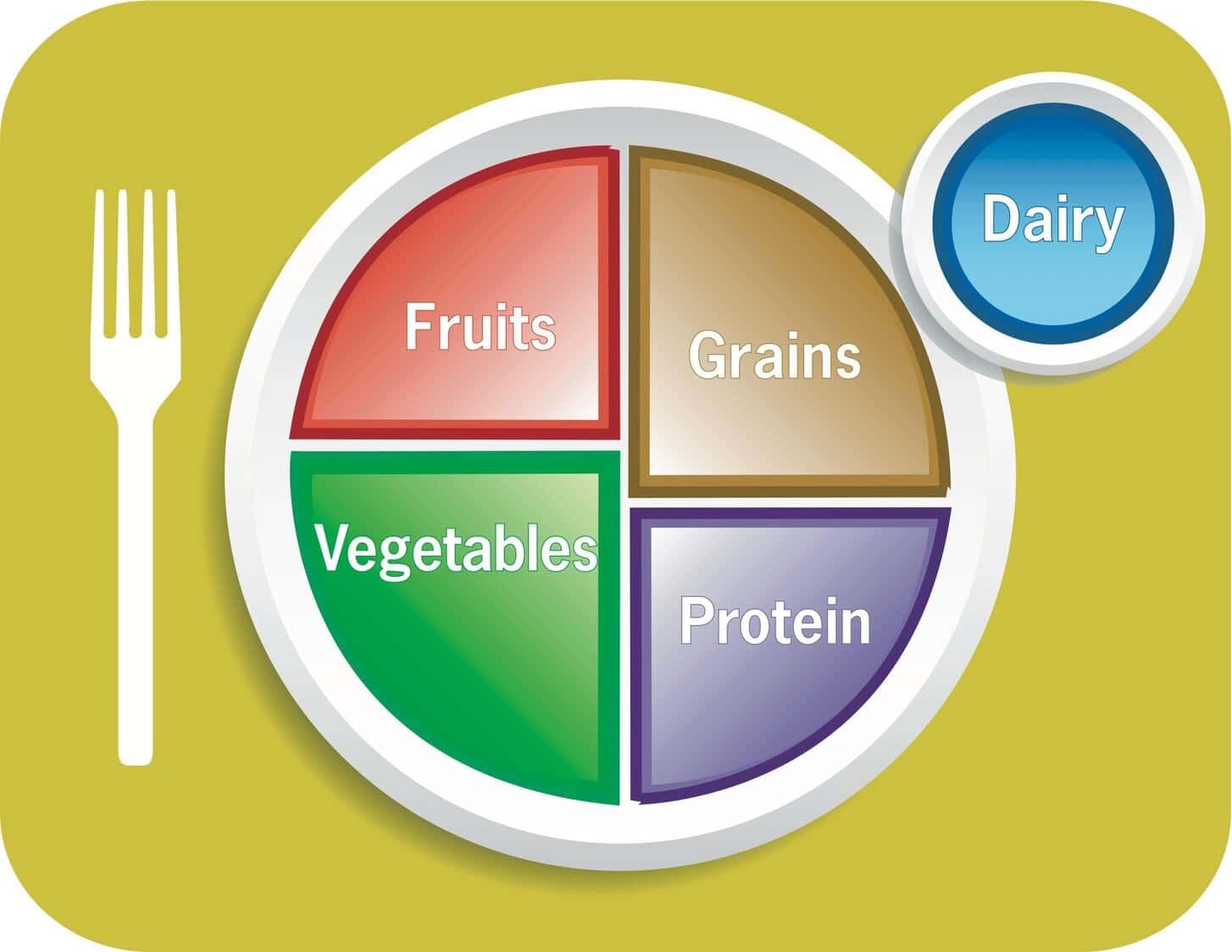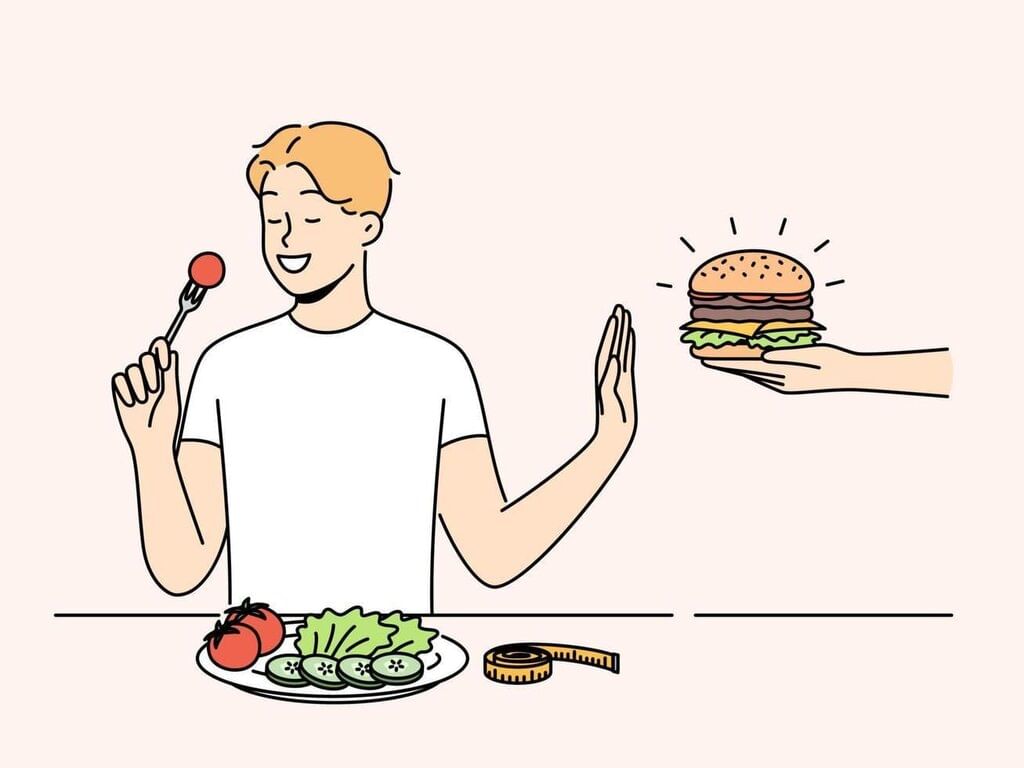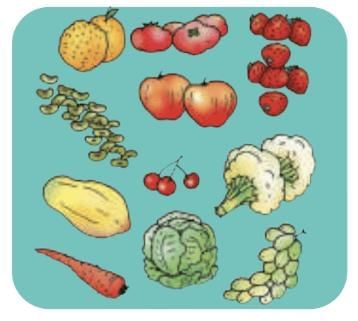Short Answer Questions: Food for Health | EVS for Class 4 (Our Wondrous World: New NCERT) PDF Download
Q1: What is a balanced food plate?
Ans: A balanced food plate has the right amounts of all food groups. It includes many protective foods like fruits and vegetables, some body-building foods like pulses and milk, and a little energy-giving food like rice and oil. Eating such a plate daily helps us stay strong, healthy, and active.

Q2: Why do we need to eat different types of food?
Ans: We need to eat different types of food because no single food has all the nutrients our body needs. Eating a variety helps us grow, stay energetic, and protect us from diseases. This way, our body stays balanced and healthy.
Q3: What are the three main food groups?
Ans: The three main food groups are energy-giving foods like rice and wheat, body-building foods like pulses and milk, and protective foods like fruits and vegetables. All three are important for a healthy body.
Q4: Name the six tastes in Shad Rasa.
Ans: The six tastes in Shad Rasa are sweet, sour, salty, pungent, bitter, and astringent. Ayurveda says that eating all six in balance is good for health and makes food more enjoyable.
Q5: Why should we avoid junk food?
Ans: We should avoid junk food because it has too much oil, salt, and sugar. Eating it often can harm our health. Fresh home-cooked food is healthier and gives us more nutrients.

Q6: How does water help our body?
Ans: Water helps our body by aiding digestion, keeping our skin healthy, and removing waste through urine, sweat, and faeces. It also keeps us hydrated and feeling fresh.
Q7: What is Ugadi Pachadi?
Ans: Ugadi Pachadi is a traditional dish from Andhra Pradesh, Karnataka, and Telangana. It has all six tastes—sweet, sour, salty, pungent, bitter, and astringent—mixed in a special way, making it both tasty and meaningful.
Q8: What are millets and why are they healthy?
Ans: Millets are small grains like jowar, bajra, and jau. They are full of nutrients and are good for our health. They give energy and are easy to digest.
Q9: Give two examples of energy-giving foods.
Ans: Two examples of energy-giving foods are rice and bananas. These foods give us the power to play, work, and do daily activities.
Q10: What are protective foods? Give examples.
Ans: Protective foods keep us safe from illnesses and help our body work well. Examples are carrots, spinach, oranges, and amla. They are rich in vitamins and minerals.

Q11: Why is it important not to waste food?
Ans: It is important not to waste food because it takes hard work from farmers, animals, and nature to grow it. We should respect this effort and care for every grain we eat.
Q12: Name two foods that can be eaten without cooking.
Ans: Two foods that can be eaten without cooking are fruit chaat and vegetable salad. They are healthy, fresh, and easy to prepare.
Q13: What is a solar cooker?
Ans: A solar cooker is a device that uses sunlight to cook food. It does not need gas or electricity and does not cause pollution because it makes no smoke or ash.
Q14: How does exercise help us?
Ans: Exercise helps us by keeping our body fit, strong, and active. It also makes us feel happy and full of energy for daily activities.
 Q15: What does the phrase ‘Colours on Plate, Wellness in Life’ mean?
Q15: What does the phrase ‘Colours on Plate, Wellness in Life’ mean?
Ans: The phrase means that eating different colourful foods like fruits and vegetables makes our meals healthy and tasty. It gives our body all the nutrients it needs to stay well.
|
21 videos|198 docs|10 tests
|
FAQs on Short Answer Questions: Food for Health - EVS for Class 4 (Our Wondrous World: New NCERT)
| 1. What are the benefits of eating a balanced diet? |  |
| 2. How can I ensure I am eating enough fruits and vegetables? |  |
| 3. What role do carbohydrates play in our diet? |  |
| 4. Why is it important to stay hydrated? |  |
| 5. How can I make healthier food choices when eating out? |  |





















